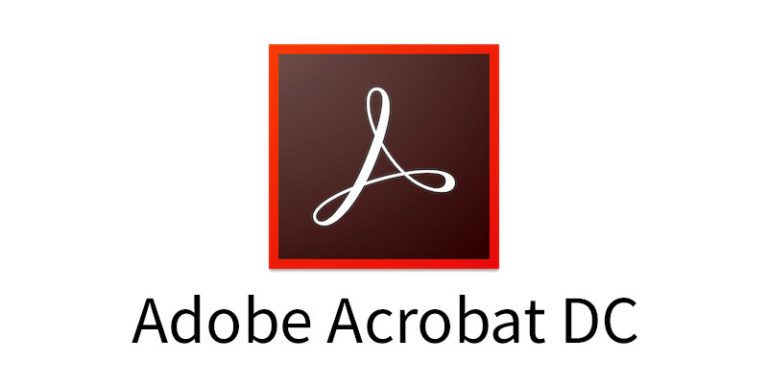
Cloud services are infrastructure, platforms, or software that are hosted by third-party suppliers and made available to users through the internet.
Cloud services facilitate the flow of user data from front-end clients (e.g. users’ servers, tablets, desktops, laptops—anything on the users’ ends), through the internet, to the provider’s systems, and back. Users will access cloud services was websphere with nothing more than a computer, operating system, and internet connectivity or virtual private network (VPN).
TYPES OF CLOUD SERVICES
All infrastructure, platforms, software, or technologies that user access through the internet while not requiring additional software downloads can be considered as cloud computing services—including the following as-a-Service solutions.
Infrastructure-as-a-Service (IaaS) – Infrastructure- as-a service provides users with compute, networking, and storage resources.
Platforms-as-a-Service (PaaS) – Platforms-as-a-service provides users with a platform on which applications can run, as well as all the IT infrastructure required for it to run.
Software-as-a-Service (SaaS) – Software-as-a-service provides users with—essentially—a cloud application, the platform on which it runs, and the platform’s underlying infrastructure.
Function-as-a-Service (FaaS) – Function-as-a-service an event-driven execution model, lets developers build, run, and manage app packages as functions without maintaining the infrastructure.
How do cloud services work?
Like all alternative IT solutions, cloud services rely on hardware and software. However, in contrast to traditional hardware and software solutions, users don’t need anything other than a computer, network connection, and operating system to access cloud services.
- Cloud infrastructure – When supplying users with a cloud infrastructure, cloud services providers detach computing capabilities from hardware components, such as separating:
- Processing power from central processing units (CPUs)
- Active memory from random access memory (RAM) chips
- Graphics processing from the graphics processing units (GPUs)
- Data storage availability from data centers or hard drives
This abstraction is often accomplished through virtualization and virtual machines. Once separated, the storage, compute, and networking parts are provided to users through the web as infrastructure—or IaaS. This type of cloud service has led to the increase of cloud storage, that stores massive information as a part of the internet of Things (IOT). RackSpace is an example of an IaaS supplier.
- Cloud platforms – Cloud service suppliers can also use their hardware resources to make cloud platforms, which are online environments where users can develop code or run apps. Building a cloud platform needs more than just abstracting a computer’s capabilities from its hardware components—like when providing cloud infrastructure. Providing a cloud platform needs extra levels of development to include technologies like containerization, orchestration, application programming interfaces (APIs), routing, security, management, and automation. User expertise design (UX) is also an important thought in order to make a navigable online experience.
- Cloud software – The final widely accepted cloud service that suppliers can offer is a full web application—known as cloud computer code or SaaS. This needs the highest development investment because the cloud supplier is literally providing an internet app to customers.
Cloud software can be provided using a cloud-native approach, that is an application architecture combining tiny, independent, and loosely coupled micro services.







